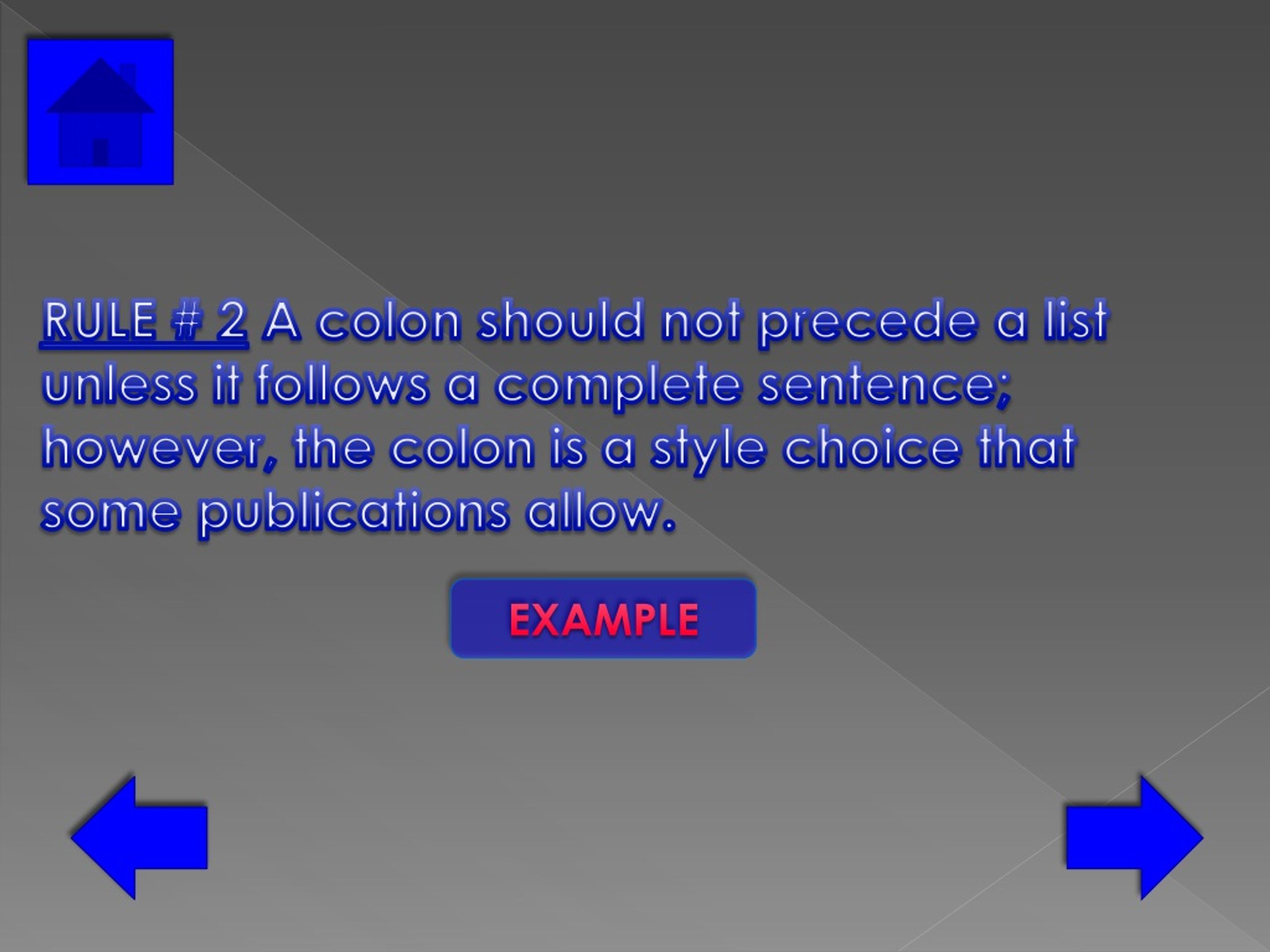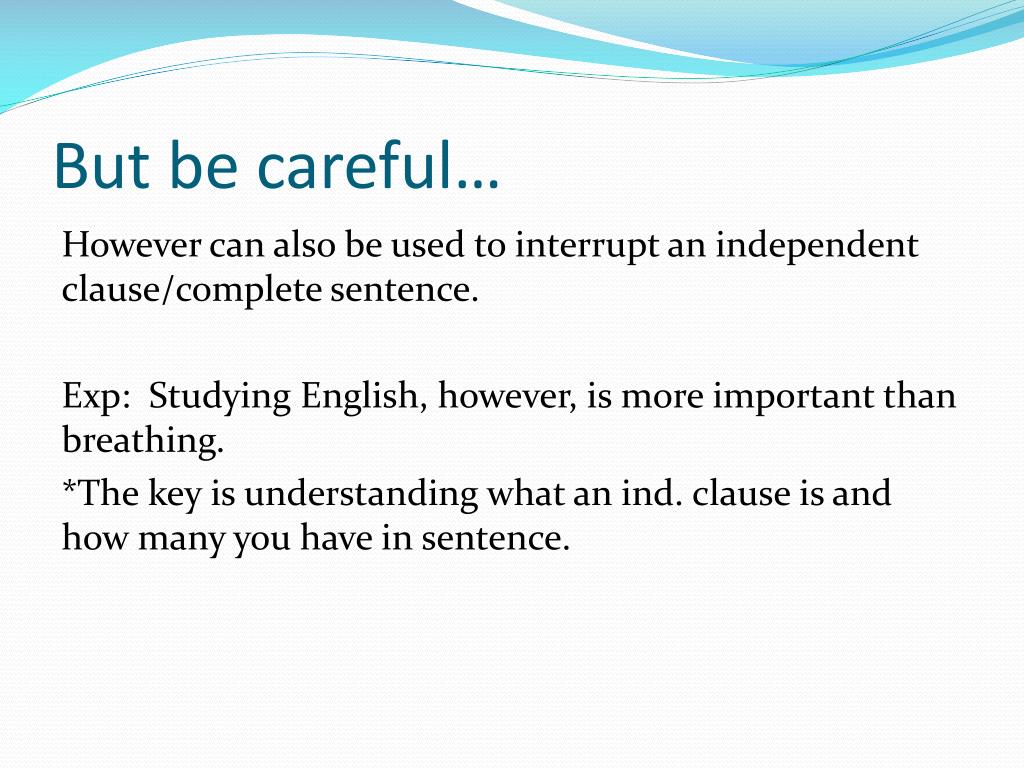

Incorrect- Use dashes-which are the most versatile punctuation mark, to add extra emphasis.Make sure that any information you introduce with a dash is enclosed with a second dash and not another form of punctuation-unless the information set off by dashes comes at the end of a sentence.Also Correct- Writers use many punctuations marks-including semicolons, colons, and dashes.Correct- Writers use many punctuation marks, including semicolons, colons, and dashes.Incorrect- Writers use many punctuation marks, including semicolons-colons-and dashes.A good example of a place where a dash can’t be used in place of a comma is in lists. The “some commas” that dashes can replace are the ones that also set off extra phrases giving extra information.If you’re not sure if a dash is right in a certain spot, use another, more precise form of punctuation. However, even though dashes can be used in the place of semicolons, colons, and some commas, it’s a good idea not to overuse them.Consider that the above point could have been written: “That extra information can come in the form of a small thought that couldn’t stand alone, like this little phrase, or a complete thought that could be its own sentence dashes are extremely versatile in that way.” Dashes can be used in the place of semicolons, colons, and some commas.That extra information can come in the form of a small thought that couldn’t stand alone-like this little phrase-or a complete thought that could be its own sentence-dashes are extremely versatile in that way.Dashes– Dashes are used to mark off an extra piece of information that you want to draw extra attention to.If the sentences on both sides of the period still make sense on their own, the semicolon could be used (try this with all the semicolons used in this section). To see if a semicolon should be used, try substituting a period in its place.

Aside from the different purposes, there is one important grammatical difference to remember about colons: they don’t necessarily join two complete thoughts what comes between the colon and the end of the sentence doesn’t have to be a sentence on its own. Semicolons and colons are not interchangeable each has its own specific use.Correct- Choosing the right punctuation mark can be difficult the wide variety of punctuation marks one sees in all forms of writing makes this difficulty even greater.Incorrect- Choosing the right punctuation mark can be difficult with the wide variety of punctuation marks one sees in all forms of writing making the difficulty even greater.A complete thought must be on either side of a semicolon.

#Namely punctuation full

Colons can only be used after a complete thought and not after a fragment, but the thought following the colon need not be able to stand on its own.Colons– Colons indicate that some additional information will be given about the statement they follow.Punctuation Rules and Examples for Colons, Semicolons, and Dashes


 0 kommentar(er)
0 kommentar(er)
